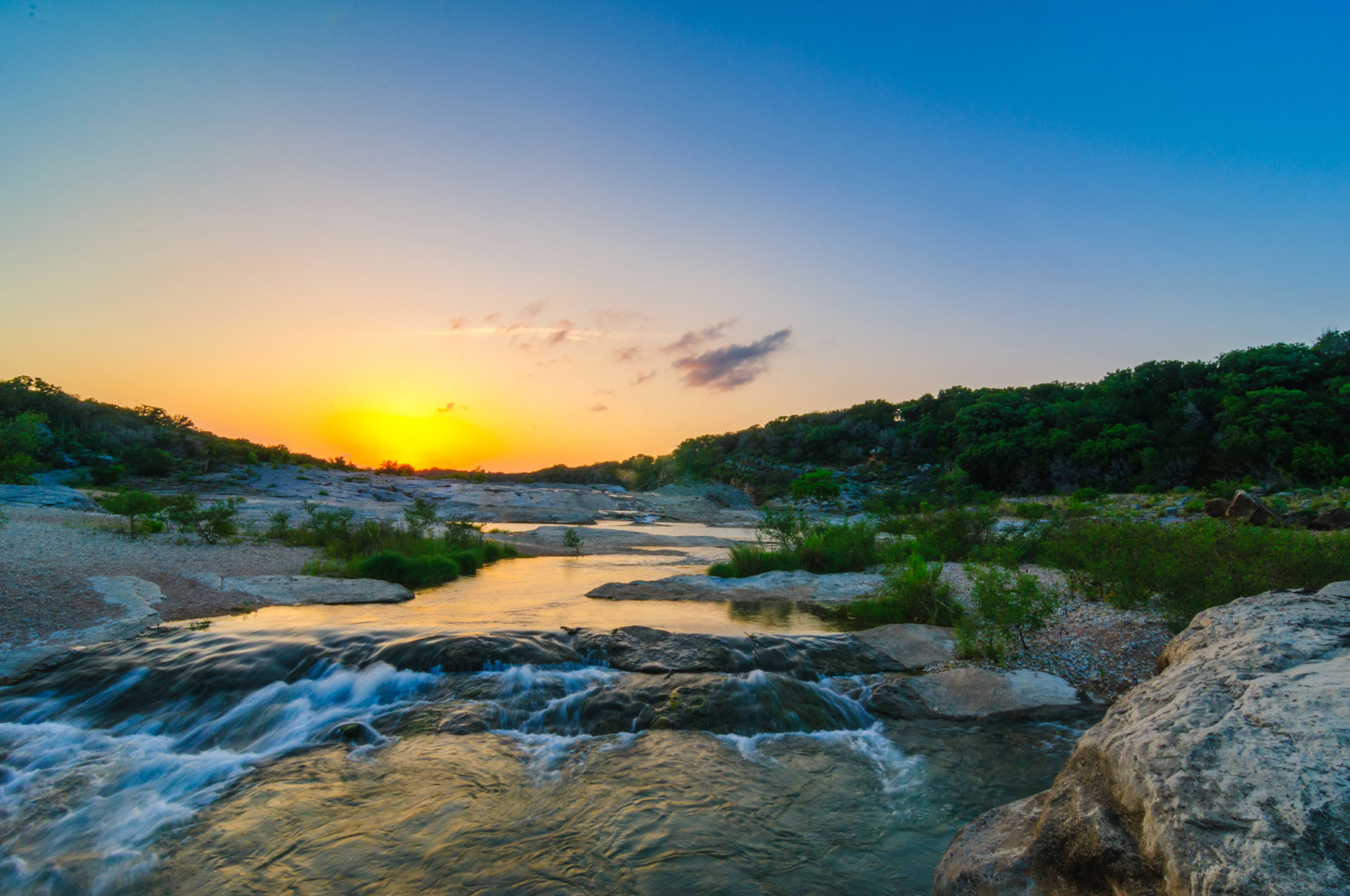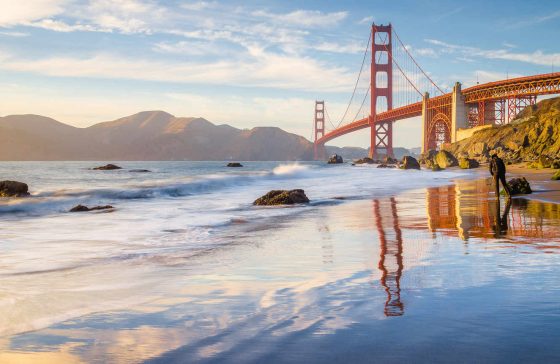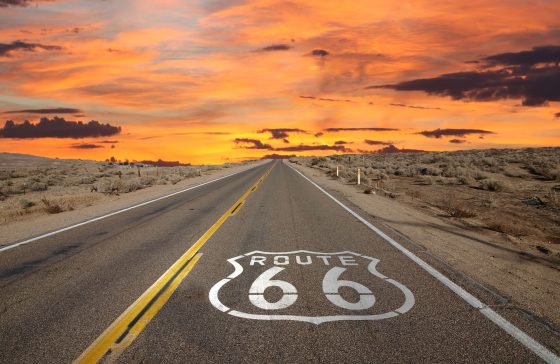As a travel destination, the United States tends to be associated with big, energetic cities. Many tourists focus on the likes of New York City, LA, San Francisco, Miami and other metropolitan hubs that are definitely worthy of your time – but venturing beyond the concrete jungles, you will find breath-taking natural beauty that deserves your attention just as much as bustling Time Square or Hollywood.
With a total of 58 national parks in the country, choosing which one to visit is not easy. We’ve compiled a list of our favourites, depending on what you want to see – and we’ve deliberately left the best-known (the Grand Canyon, Yosemite and Yellowstone) off the list.
If you want to see desert:
Death Valley National Park, California and Nevada
In the aptly named, scorching hot Death Valley, you can stand at the lowest point in the US – the Badwater Basin’s salt flats. Titus Canyon, Mesquite Flat Sand Dunes – a popular haunt for rattlesnakes, and Furnace Creek are just a few of the points of interest here. In addition to the fascinating geological history, there is some human history of note, as the area was inhabited by Native Americans as early as 7000 BCE.
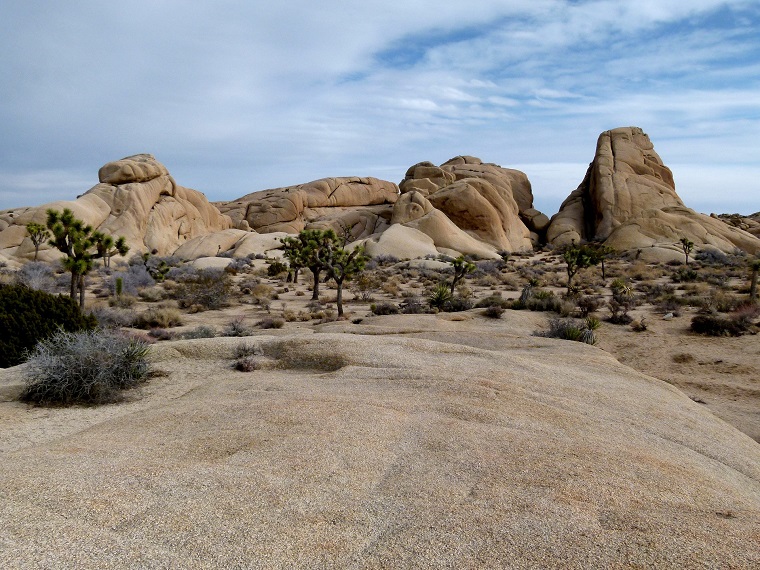
Joshua Tree National Park, California
Named after the gnarly Joshua Trees that dot the rugged rocky and dry desert landscapes, this national park straddles the Colorado and Mojave Deserts. Take a hike through the boulders of Hidden Valley, and enjoy the vista from Keys View, which overlooks Coachella Valley.
If you want to see canyons:
Zion National Park, Utah
Steep red cliffs, the winding Virgin River, Emerald Pools, waterfalls, hanging gardens and forest trails form scenic Zion National Park. Zion is the first of many on this list located in Utah, a state you definitely want to hit if you are interested in national parks. Leading visitors through the deep chasms is the Zion Narrows wading hike.
Bryce Canyon National Park, Utah
Bryce Canyon is famed for its crimson-coloured so-called ‘hoodoos’ – spire-shaped rock formations that populate the park in southern Utah. Following the main road through the park, you will pass Bryce Amphitheatre, Sunrise and Sunset Point lookouts, and the scenic Rim Trail hiking path.
If you want incredible natural sculptures:
Arches National Park, Utah
Arches National Park takes its name from the more than 2,000 natural sandstone formations that lay their claim in the area bordered by the Colorado River. Particular points of interest include Delicate Arch, Landscape Arch in the Devils Garden, and Balanced Rock in the middle of the park.

Badlands National Park, South Dakota
Unusual rock formations, spires and canyons call the dry landscape of the Badlands home – as do bison, prairie dogs and bighorn sheep. Stretching over almost 250,000 square acres, this is the largest undisturbed mixed grass prairie in the US. There is also a boardwalk-style Fossil Exhibit Trail where you can see fossils that have been discovered in the park.
If you want mountains:
Rocky Mountain National Park, Colorado
Spanning the continental divide in northern Colorado, Rocky Mountains National Park protects mountains, forest and alpine tundra with pretty aspen trees that make for spectacular viewing in autumn in particular. Popular hiking trails include one around Bear Lake and the Keyhole Route – a vertical climb up the tallest mountain in the park, Longs Peak.
If you want volcanoes:
Mount Rainier National Park, Washington
This pristine 369-square-mile reserve to Seattle’s south-east is home to glacier-capped volcano Mount Rainer, which reaches a height of almost 15,000 feet. Think rocky streams tumbling through meadows of wildflowers, elegant evergreen forests and peaceful blue lakes. There are plenty of hiking trails, but you can also reach the summit and incredible viewpoint by car.
Hawaii Volcanoes National Park, Hawaii
Situated on the Big Island, Hawaii, is this dramatic national park home to two active volcanoes: Kīlauea and Mauna Loa. Kīlauea is the most active volcano in the world, while Mauna Loa is the biggest. Crater Rim Drive takes you past the informative Jaggar Museum, from where you can enjoy a great view of Halema’uma’u Crater.
If you want to see forest:
Sequoia National Park, California
Situated in the southern Sierra Nevada mountains close to Kings Canyon National Park, Sequoia National Park is known primarily for its Giant Forest. Here you can see the largest known single-stem tree on earth, General Sherman, along with another four of the 10 biggest trees in the world. General Sherman is over 80 metres tall with a diameter of almost eight metres. The tree is estimated to be between 2,300 and 2,700 years old.
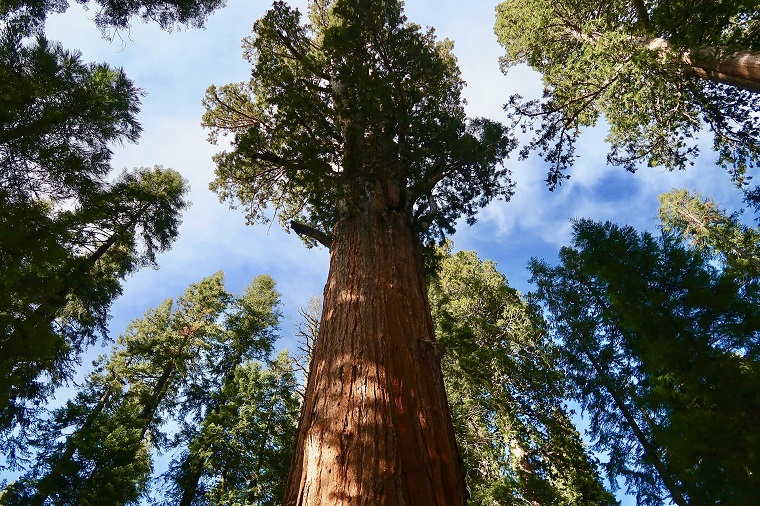
Olympic National Park, Washington
Mossy green forests criss-crossed with undisturbed hiking trails; waterfalls, streams and pristine blue lakes; rocky Pacific coastline; and the Olympic Mountains come together to create this peaceful corner of the earth in Washington. Spread over almost one million acres, Olympic National Park is as diverse as it is magnificent.
Courtney Gahan is an Aussie serial expat, traveller and freelance writer who has bartered with Moroccan marketeers, seen the sun rise at Angkor Wat and elbowed her way through crowds on NYE in NYC. Currently based in Amsterdam

